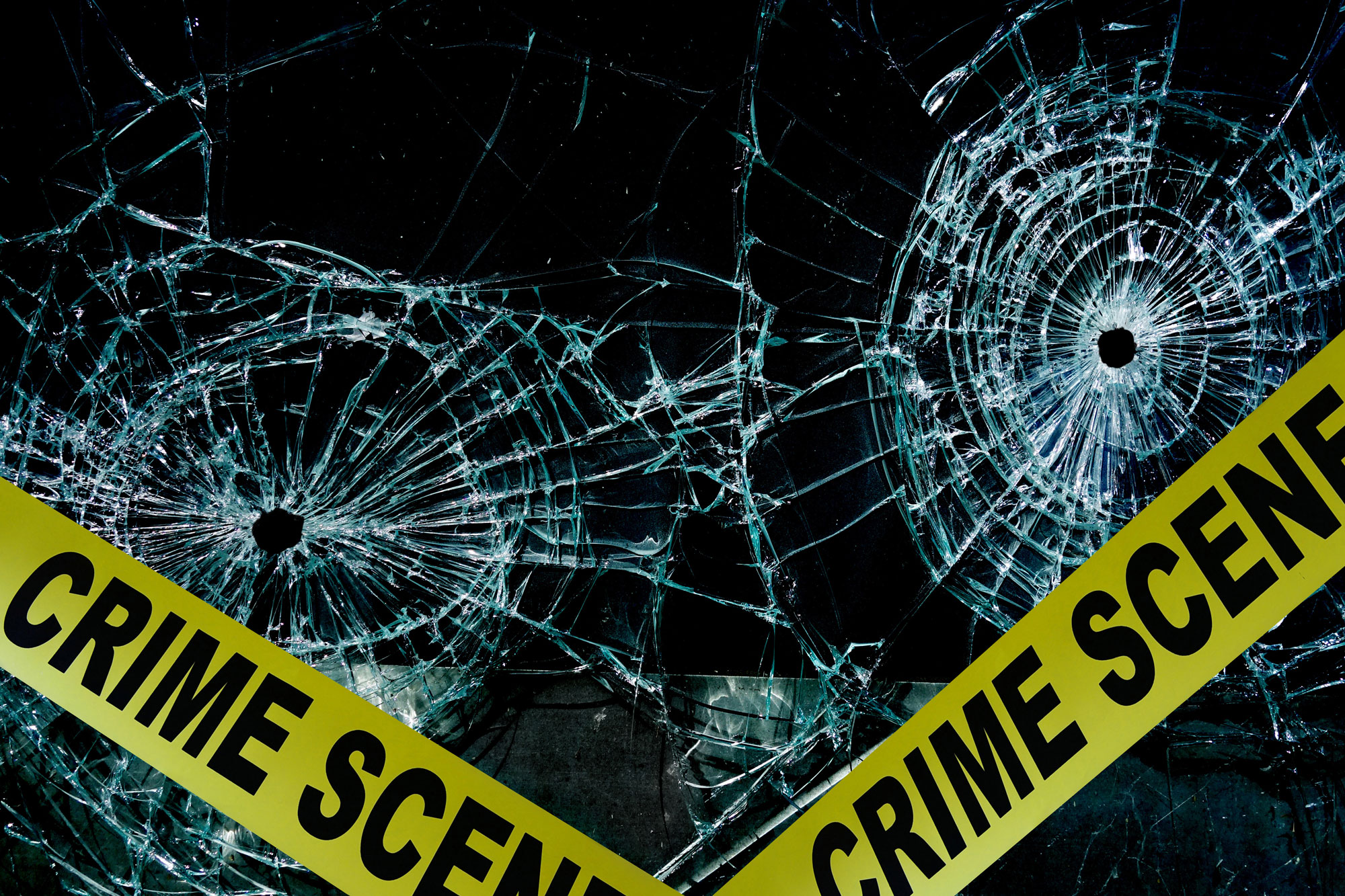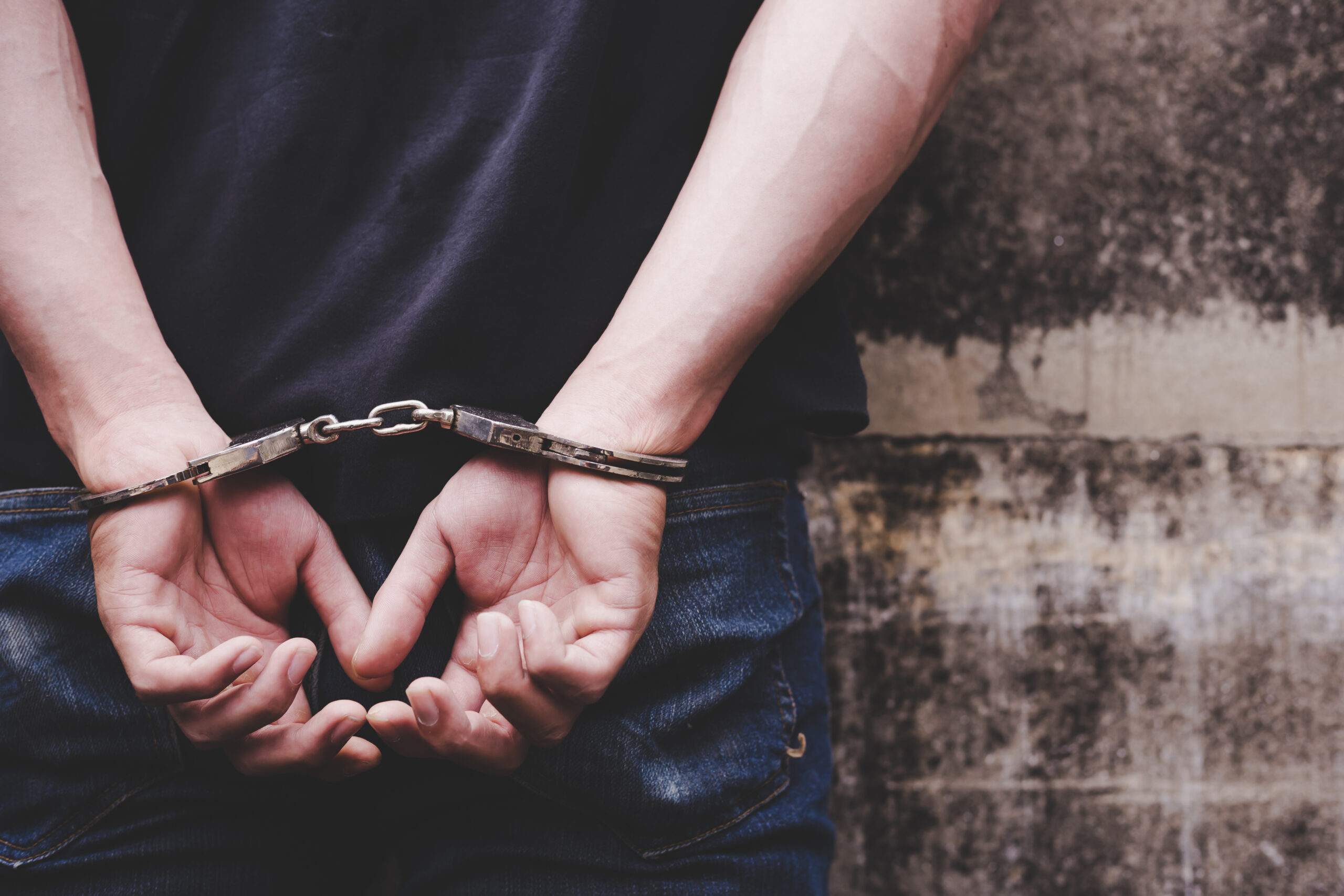Crimes Clothing
Crimes Clothing - A Look at Criminal Acts
When we talk about something like "crimes clothing," it’s not about clothes that commit misdeeds themselves, but rather how the very idea of criminal acts touches every part of our lives, sometimes even the things we wear or see others wearing. This discussion takes us on a path through the basic ideas of what a crime truly is, helping us sort out the different kinds of actions that society views as harmful or against the rules. You see, it's about getting a clearer picture of the ways people can step outside what's considered acceptable behavior, and how those actions are dealt with by our systems of justice.
You know, there's a whole spectrum of things people do that are called crimes, from minor slip-ups to truly serious wrongdoings. Each one has its own set of details, its own way of being described in the books, and its own consequences. It's almost like a vast collection of situations, some that might seem small and others that are quite large in their impact, but all of them share that common thread of being against what's allowed. We're going to talk about some of the more usual ones people hear about, and what they really mean.
So, we'll spend some time exploring how these various actions are put into groups, making it a bit easier to get a handle on the different ways they're viewed and processed. We'll also touch on how the people who enforce the rules and those who make the rules have their own set of difficulties when dealing with these varied acts. It’s pretty clear that understanding these basic building blocks of criminal behavior can help anyone make more sense of the daily news and the bigger picture of public safety, you know, in a way that feels more approachable.
- Miyaacacia Xxx
- Work Wife Autumn Nude
- Hailee Steinfeld Nude Leaks
- Kristen Sorrenson Nude
- Galyana Castillo
Table of Contents
- What Exactly Is a Crime?
- How Do We Categorize Criminal Acts?
- What Are Some Common Types of Wrongdoing?
- Are All Crimes Intentional?
- What Challenges Do Crimes Clothing Present to Authorities?
- How Does the Justice System Deal with Crimes Clothing?
- What Happens When Many People Are Involved in Crimes Clothing?
- Can Personal Incidents Lead to Crimes Clothing Situations?
What Exactly Is a Crime?
When someone talks about a crime, they are essentially referring to an action that a person chooses to carry out, an action that is typically seen as causing harm or posing a risk to others in society. This kind of act is very specifically laid out and forbidden by our legal rules, and there are clear punishments for it if someone breaks those rules. So, it's not just any bad thing someone does, but something that the law has clearly marked as unacceptable, and for which there are consequences. It's really about the boundaries that a community sets for itself, you know, to keep things in order and keep people safe. A crime is often behavior, whether someone does something directly or fails to do something they should have, that the written laws or long-standing legal customs say deserves some kind of penalty or consequence. Basically, it's an action, or a lack of action, that our legal framework has decided needs to be met with a response from the justice system. That's pretty much the core of it, what makes an act a crime in the eyes of the law.
How Do We Categorize Criminal Acts?
There are, in fact, many different sorts of misdeeds that people can be accused of committing. These range from actions that directly hurt other individuals to those that might not seem to have a direct victim, and from forceful, violent acts to those that involve clever schemes, often in business settings. You know, it’s quite a wide array of behaviors that fall under this umbrella. A misdeed is simply defined as any action that goes against what is generally accepted as right or lawful. While there are a great number of ways to describe these wrongdoings, they can usually be put into a few main groups. These main groups include actions that are directed at another person, actions that involve taking or damaging someone else's possessions, and what are called "inchoate" acts, which are basically steps taken towards committing a crime, even if the main crime hasn't actually happened yet. So, in some respects, these broad categories help us make sense of the many different ways people can break the rules.
Understanding the Nuances of Crimes Clothing in Different Categories
When we consider these broad categories of criminal acts, it's interesting to think about how the idea of "crimes clothing" might subtly fit into them. For instance, in actions against a person, sometimes what someone wears can play a small part in identifying them, or perhaps even in the way an event unfolds. In cases involving possessions, like theft, the items taken might include clothes, or the person committing the act might wear specific "crimes clothing" to avoid being recognized. Then there are those preliminary acts, where perhaps someone is getting ready to do something unlawful, and their choice of attire could be a part of that preparation. It's not that the clothing itself is criminal, but rather how it might relate to the various parts of a situation that involves wrongdoing. So, you know, the presence of certain attire can sometimes offer a small piece of the puzzle for those trying to figure out what happened.
What Are Some Common Types of Wrongdoing?
If you look at the list of the more common types of wrongdoings, you’ll find it includes a lot of familiar terms. Things like taking items from a store without paying, which is often called shoplifting, or outright theft of someone's belongings, are pretty common. But the list also stretches to much more serious acts, such as the taking of a human life, or even acts of extreme violence meant to cause widespread fear. So, you see, the range is really quite broad in terms of what constitutes a criminal act. There are so many different types of wrongdoings, and they vary greatly in how serious they are and what they involve. Each distinct kind of wrongdoing brings its own set of difficulties for the people who work in law enforcement, for the individuals who create our laws, and for the entire community. It’s a bit like having many different kinds of problems, and each one needs a slightly different way of being handled. This variety means that the approaches to dealing with these acts have to be flexible and well-thought-out, you know, to address the unique aspects of each situation.
Exploring the Range of Crimes Clothing and Its Connections
Thinking about the vast array of misdeeds, from the relatively small act of taking something from a store to the very serious acts that threaten public safety, it's worth considering how the concept of "crimes clothing" might touch upon these. For example, a person involved in a petty theft might wear ordinary clothes, but those clothes could later become a part of the evidence. In more serious situations, someone might use particular clothing as a disguise, or perhaps their attire could be a key detail for witnesses trying to remember what they saw. It’s about how an individual’s appearance, including their clothes, can sometimes be linked to the events of a wrongdoing. So, in a way, the clothing itself becomes a piece of the story, helping to paint a picture of what occurred or who was involved, even if it's just a small detail.
Are All Crimes Intentional?
It's interesting to consider that for most wrongdoings, there's an element of purpose involved. What this means is that the person doing the act usually has some sort of aim or plan in mind. They mean to do what they do. However, it's important to remember that not every single misdeed requires this element of purpose. There are, in fact, some lesser acts, minor wrongdoings, where the person doesn't necessarily have to have a bad intention for it to still be considered a violation of the rules. You know, sometimes it's simply about the act itself, regardless of what was going on in the person's head. This distinction is quite important in how different situations are judged and how consequences are determined. So, while a bad aim is often a part of what makes something a crime, it’s not always a requirement for every single type of offense.
What Challenges Do Crimes Clothing Present to Authorities?
Each distinct kind of wrongdoing brings its own set of difficulties for the people who work in law enforcement, for the individuals who create our laws, and for the entire community. When we consider the idea of "crimes clothing" within this context, it adds another layer to these difficulties. For instance, if someone is identified by what they were wearing, verifying that information and finding the person can be a challenge, especially if the clothing is common. Legislators, too, might face a puzzle when trying to write laws that account for how appearance or disguises might play a part in criminal acts without being overly broad. So, you know, the visual aspects of a situation, including what people wear, can complicate the work of those trying to keep society safe and orderly. It's not always straightforward to connect a piece of attire to a specific act, and that’s a part of the difficulty.
The Role of Crimes Clothing in Investigations and Lawmaking
The way clothing shows up in investigations can be quite varied, and it poses some unique puzzles. For example, if a witness describes a suspect’s "crimes clothing," that description becomes a key piece of information for police trying to find the person. But what if the clothing is very ordinary, or if the person changes their clothes quickly? That makes the job of tracking them down much harder. Similarly, when lawmakers are crafting rules about what constitutes a crime, they have to think about how appearance might be used in a harmful way, like in cases of impersonation or disguise. They can't just make rules about "crimes clothing" directly, but they must consider how someone's outward presentation can be a part of an illegal act. So, you know, it's about trying to account for all the different ways people might act, including how they look, when they are breaking the rules.
How Does the Justice System Deal with Crimes Clothing?
When it comes to understanding how our legal system handles situations involving wrongdoing, there’s a general picture of both the rules that define what a crime is and the system that puts those rules into practice. This system is set up to address actions that go against what society considers acceptable. So, you know, it’s about having a clear set of guidelines and a process for dealing with those who step outside of them. This broad view helps us see how everything fits together, from the initial act to the final decision about what happens next. It’s a whole framework designed to respond to various kinds of misbehavior, aiming to maintain some level of public order and safety. It's quite a complex arrangement, but the basic idea is to have a structured way of responding to acts that are considered harmful.
Navigating the System with Insights into Crimes Clothing
Within this broad framework of rules and processes, the concept of "crimes clothing" can sometimes play a subtle, yet present, role. For instance, when law enforcement officials are gathering information about an incident, details about what someone was wearing can become a part of the evidence they collect. This might involve descriptions from people who saw something, or even physical items of clothing found at a scene. The legal system then has to sort through these details, using them as clues to piece together what occurred. So, you know, while the system isn't directly prosecuting "crimes clothing," it is certainly processing information where clothing might be a significant piece of the puzzle. It's about how every little detail, including what someone had on, can contribute to building a complete picture for the courts.
What Happens When Many People Are Involved in Crimes Clothing?
Sometimes, a situation arises where a very large number of individuals are accused of being involved in misdeeds, often related to a particular type of violation. For instance, there was a case where nearly two hundred people faced charges in New Mexico concerning violations related to immigration. This kind of situation shows how complex and far-reaching some legal issues can become when many individuals are caught up in the same kind of activity. It’s a very different scale than dealing with one person acting alone, you know. When so many people are involved, it puts a significant strain on the legal system, requiring a lot of resources and careful handling to process all the cases. It highlights how certain areas of law can lead to widespread accusations, affecting many lives at once, and how the concept of "crimes clothing" might be a tiny, almost invisible thread in a much larger, intricate pattern of legal actions.
Can Personal Incidents Lead to Crimes Clothing Situations?
It’s a fact that sometimes, even seemingly personal arguments or disagreements can escalate into situations where criminal charges are brought, and where details like "crimes clothing" might, in a very small way, become part of the story. For example, there was a report about the granddaughter of a very wealthy person, a late billionaire named Tom Benson, who was taken into custody for allegedly pushing a police officer during a disagreement over parking. This kind of incident shows how quickly a personal confrontation can turn into a matter for the authorities, leading to legal action. You know, it’s a reminder that misdeeds can happen in all sorts of places and circumstances, even in what might seem like a private dispute. In such cases, the clothing worn by those involved could become a descriptive element in police reports or witness statements, even if it's not the focus of the accusation itself. So, in a way, even everyday clothes can end up being linked to a legal incident, becoming a small part of the narrative of "crimes clothing."
This discussion has touched upon the foundational ideas of what constitutes a crime, from its general definition as an act against societal rules to the various ways these acts are put into groups, such as those against individuals or possessions. We have looked at the broad range of misdeeds, from minor thefts to serious violent acts, and considered how the element of intent plays a role in different types of violations. Furthermore, we explored the difficulties that law enforcement and lawmakers encounter when dealing with these varied acts, particularly when many individuals are involved or when personal incidents escalate into legal matters. The concept of "crimes clothing" has been woven throughout, not as a direct type of crime, but as a way to consider how appearance and attire can sometimes be connected to or become a part of the details surrounding criminal acts and their investigation.

Crime spikes in the City. The latest statistics are here

Violent Crimes Involving Guns Drive Recent Rise in Crime - Public

What Are the Most Serious Crimes in the UK? - Wheldon Law